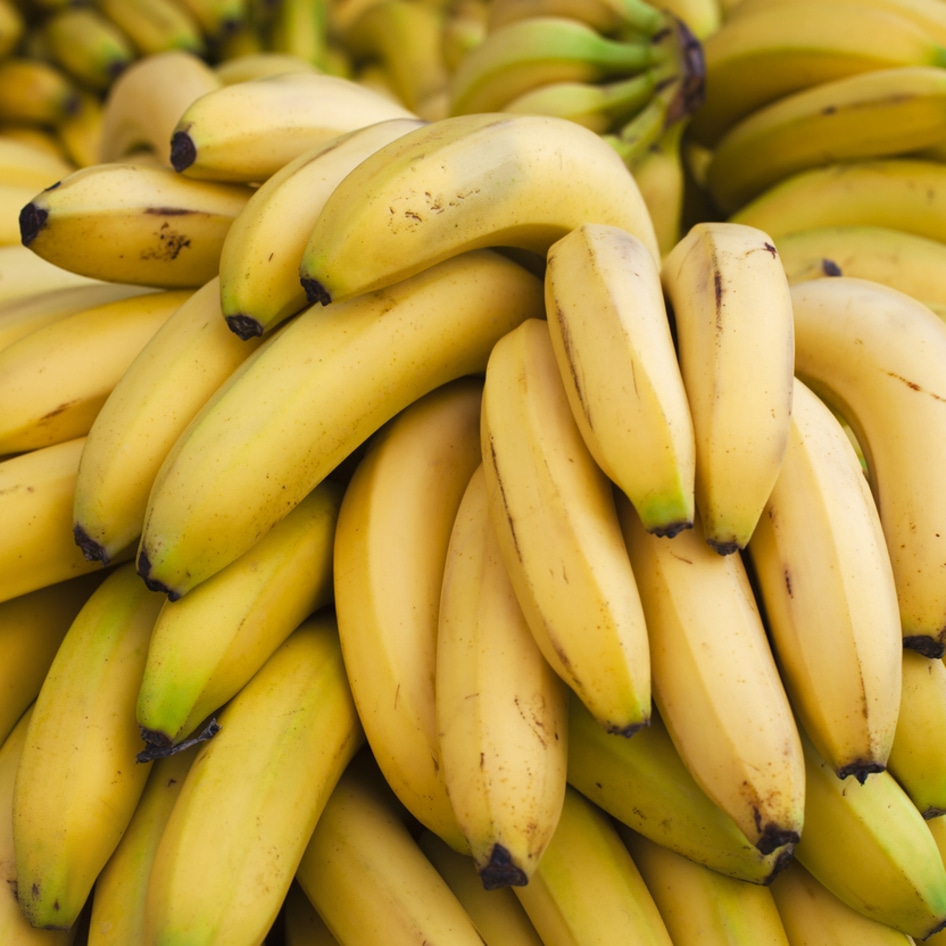The Rising Cost of Food
What’s behind the shocking rise in global food prices and what can be done about it.
March 27, 2011
Bad weather, rising oil prices, and demographic shifts are causing food prices worldwide to skyrocket, inciting protests, violence, and hunger in nations across the globe. Food prices have reached their highest levels since the United Nations (UN) Food and Agriculture Organization began calculating its food price index in 1990; in the United States, food prices made their largest gain since November of 1974 this past month. Here’s a more in-depth look at what is causing the price hikes and how long these prices will stay.
A Perfect Storm
The rise in global food prices is not a simple case of supply and demand, though much of it can be explained that way. According to the United States Department of Agriculture (USDA), the US demand for both corn and wheat are currently exceeding the supplies of the crop, thereby pushing prices higher. Additionally, as China and India, the two most populous countries in the world, become more affluent, so do their dietary choices. Meat consumption in China, for example, has risen a whopping 91 percent from a decade ago. This demand has single-handedly driven up the price of soybeans used in animal feed, and today almost 80 percent of all of the corn grown in the US goes to feed livestock worldwide. But what happened to the supply? Firstly, a heap of poor weather events has contributed to lower crop yields: a poor winter-wheat crop in China, floods in Australia, a drought in Russia, and a cool summer in Iowa have all resulted in smaller harvests. Moreover, as crude oil prices rise due to instability in oil-producing countries, food prices shoot up as well. The reason is two-fold: as crude oil becomes more expensive, crop-based biodiesel and ethanol become a more attractive alternative, thereby increasing demand for corn. At the same time, the fuel (both oil and biofuels) needed to grow, harvest, and transport food worldwide will drive the price of the food itself higher.
Cause and Effect
Rising food prices might not mean much to the American consumer and those in developed nations—a 10-cent increase for a pound of spinach won’t necessarily break the bank. It does, however, mean much more for developing nations. The average American household spends about nine percent of its income on food, compared to a staggering 50 percent for households in emerging nations. According to the World Bank, the recent food-price hikes will cause more than 44 million people to fall into extreme poverty. To make matters worse, demand is going to keep rising. A recent UN report estimated that by 2050, world food production will have to jump a whopping 70 percent to feed the estimated world population of 9 billion. Production of major crops will have to jump even more, as the demand for both meat and biofuels rises over the next four decades.
What’s Next
While late-winter precipitation in China has led to a better than expected wheat crop and US growers are already making plans to bump up their planting plans, uncertainty plagues growers, manufacturers, and mouths from Mexico City to Melbourne. While some believe that investments in agriculture, using genetically modified crops engineered to produce higher yields, or reducing biofuel use are solutions, others suggest eating less meat and dumping industrial agriculture for more sustainable methods to help alleviate food-supply woes. For example, a recent UN study found that small-scale, sustainable farming could double food production in developing nations. Still, most experts say we should get used to higher prices. According to International Monetary Fund (IMF) research department staff Thomas Helbling and Shaun Roache, “The main reasons for rising demand for food reflect structural changes in the global economy that will not be reversed.” They continue, “Policymakers—particularly in emerging and developing economies—will likely have to continue confronting the challenges posed by food prices that are both higher and more volatile than the world has been used to.”
JUMP TO ... Latest News | Recipes | Guides | Health | Shop







